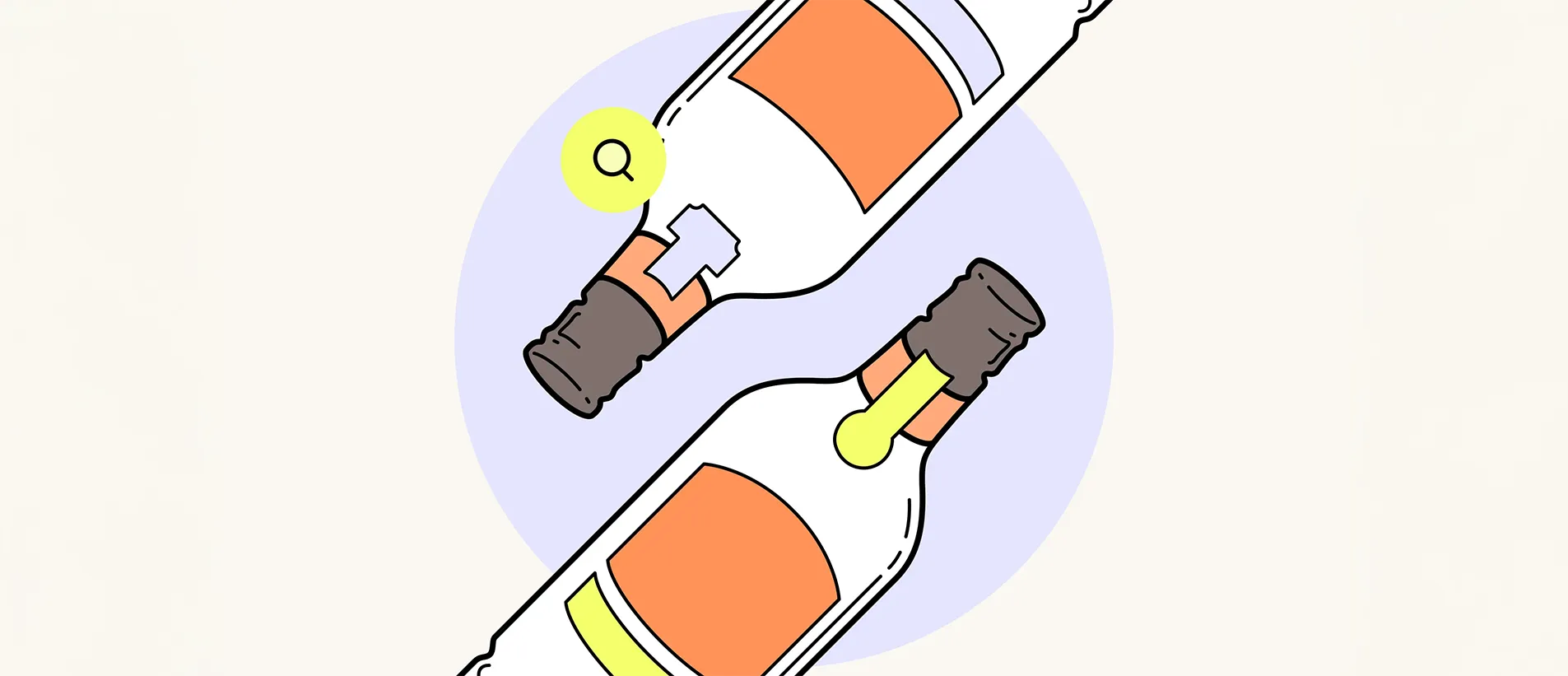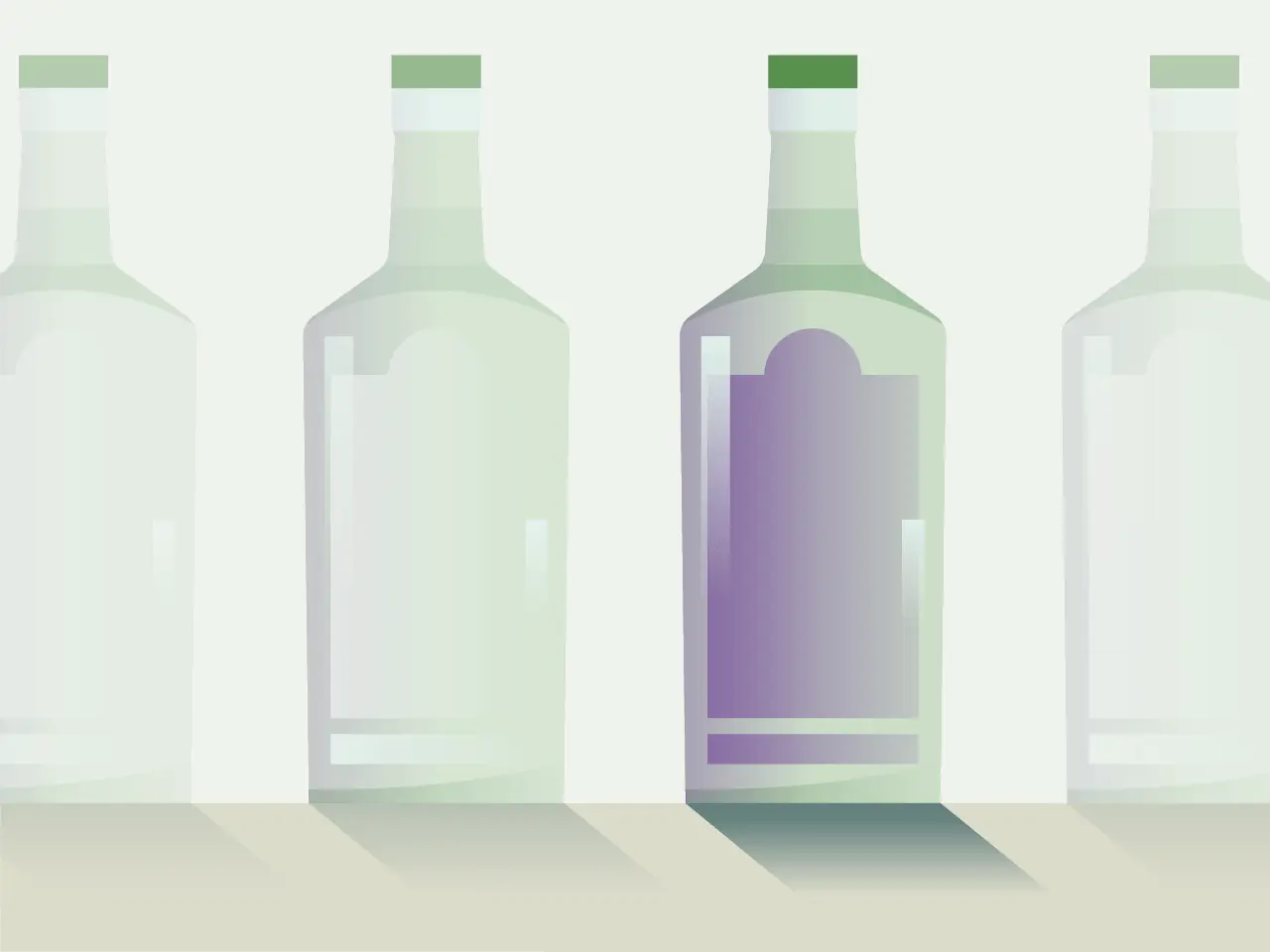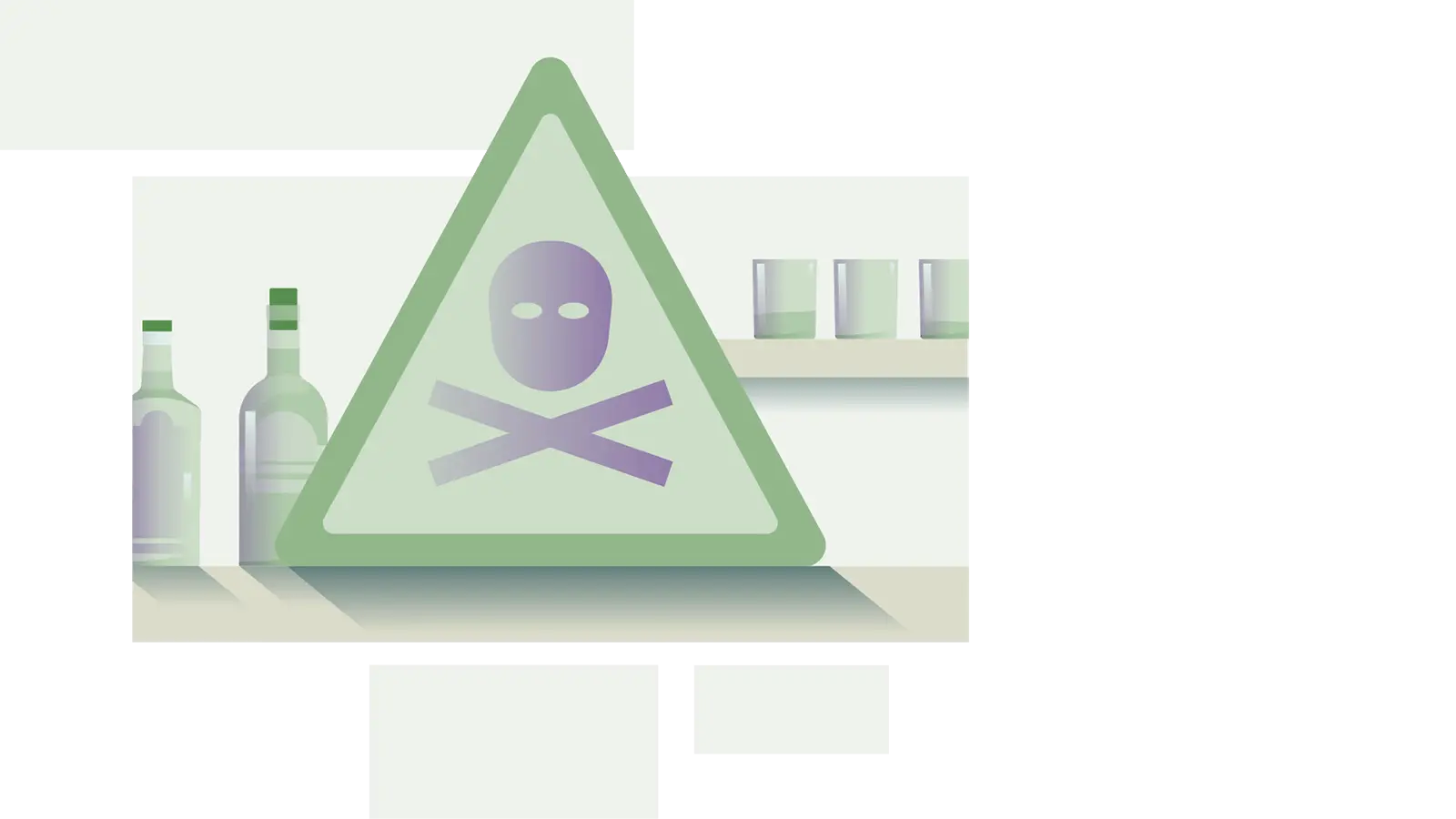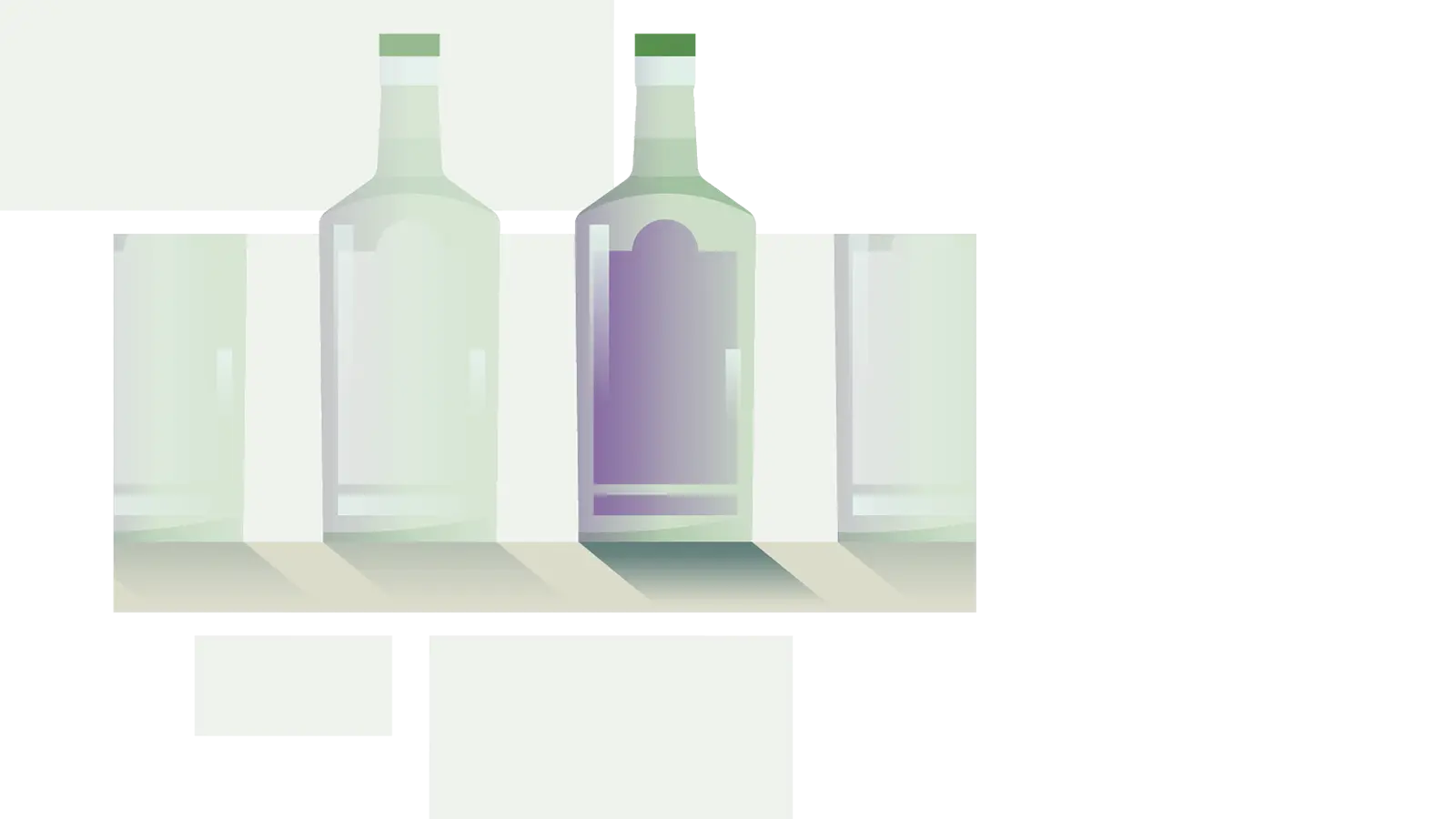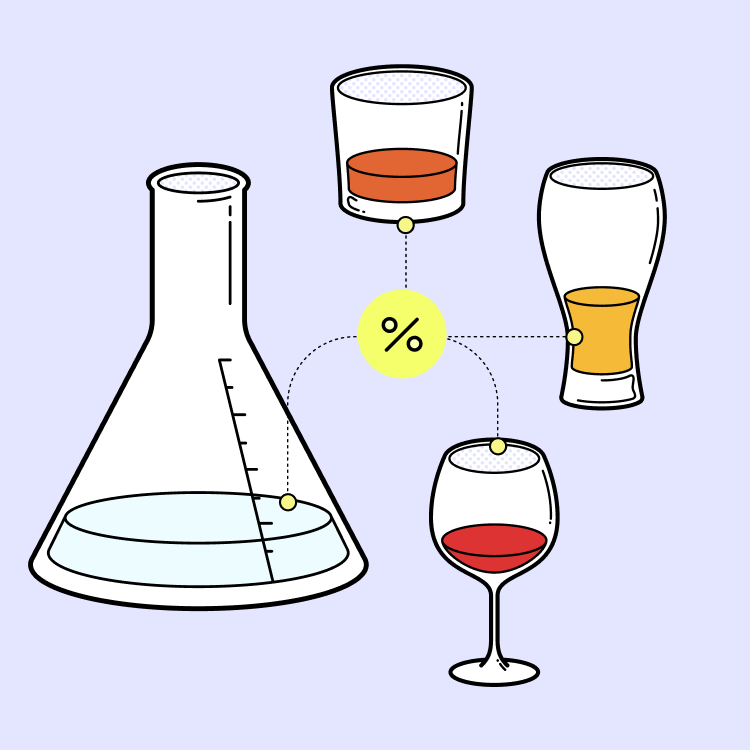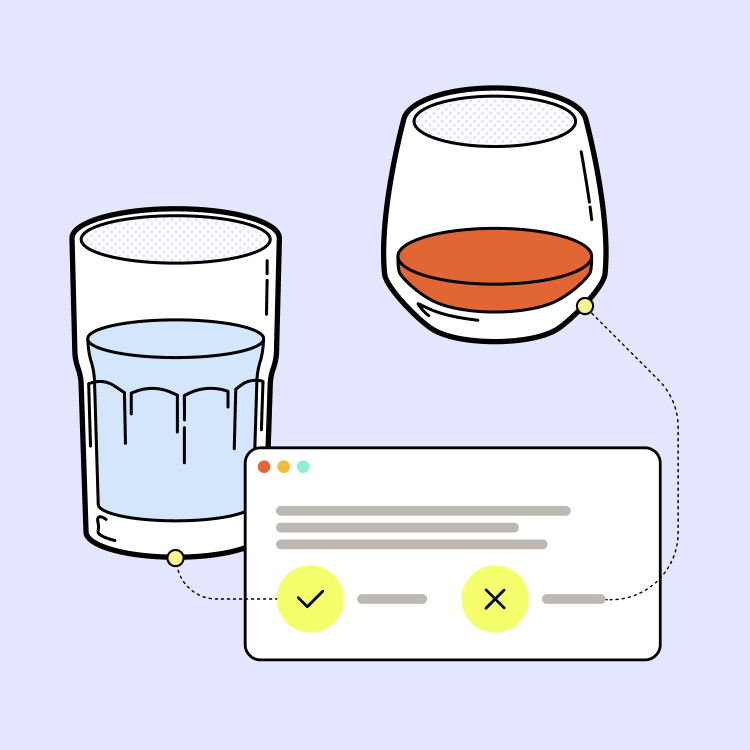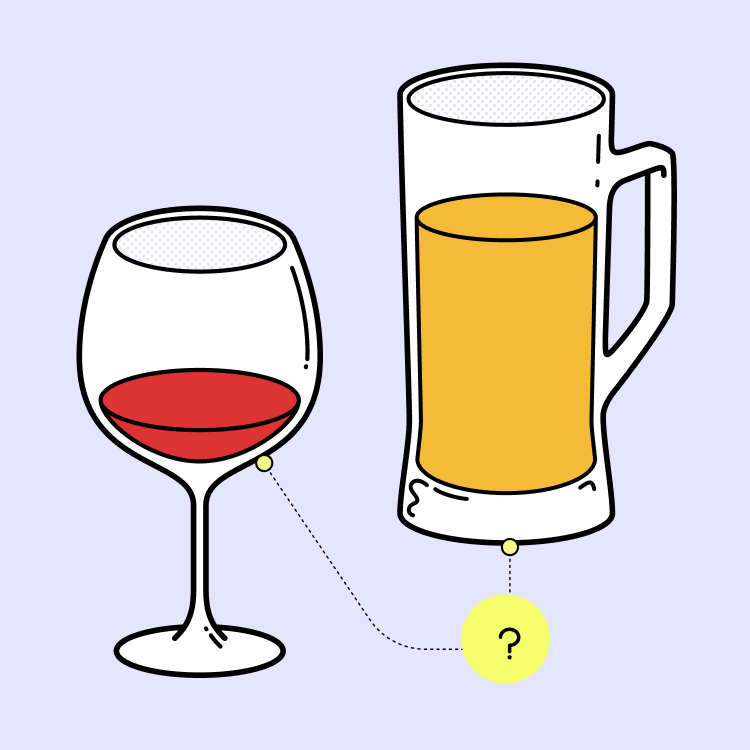‘Illicit’ alcohol is produced illegally, outside of the approved and regulated production processes of registered and legitimate manufacturers. It’s largely unbranded and doesn’t comply with standards that ensure the quality and safety of products.
In some countries, small batches of home brews from locally available ingredients are made and sold outside of legal production and trade channels. Other illicit drinks are produced on a larger scale, sometimes using readily available ethanol instead of the natural fermentation process and mixed with other ingredients. They may be sold directly on the black market or may be repackaged and sold as counterfeits of known brands.
The illicit market also includes the smuggling of legally produced, high-quality and branded drinks across borders. This usually happens where there’s a large difference in price or where alcohol is available in one place but not another.

